Photo: Margarita Corporan
Steffon’s Story
My name is Steffon Isaac. And like every human being, I was born into circumstances outside of my control.
For me, that included being the son of a Grenadian mother who immigrated to the US as a young parent. Once here, she lovingly raised my sisters and me in the public housing projects of Brooklyn in a time when New York City was rife with discrimination for people of color in every aspect of life. Despite these imposed, structural limitations, I managed to pave a way forward. But my status as an “other”—in my case, Black, immigrant, and poor—meant that I had to contend with a system designed with perpetual obstacle courses. Unfortunately, these hurdles still exist today.
Although a native English speaker, as someone who immigrated to the US at the age of six, I spoke with a slight accent. So, not only did I look different, I also sounded different. Though a resident of one of the toughest neighborhoods in Brooklyn—an area cast with an inescapable story of struggle—I was able to spend summers with my grandfather in Hamilton, Ontario. My grandfather was a masterful storyteller, and those summers were highly influential on my sense of imagination. It was there that I realized I could craft my own story, beyond my imposed limitations, and set the stage for the narrative I wanted to create for myself. Though I was zoned in one of the poorest public school districts, I was lucky to have been bussed to a predominately white and affluent school, where I was able to access better resources and a curriculum that allowed me to thrive. These disparities and contrasts were striking to me then, and their existence today is still all too glaring. However, these disparities allowed me to understand the intricacies of what shapes identity. They’ve given me a keen sense of the intersectional factors that contribute to inequity, exclusion, and our perceptions of the issues. And they’ve given me the experience, eagerness, and enthusiasm to work towards solutions that address them.
To say that my upbringing has been formative would be an understatement. But it’s also given shape to the underlying purpose of The CLU Studio—to highlight the role of identity and its implications on society.
As an individual who’s had to overcome and continually face the gravity of society's exclusionary, biased forces, I offer a unique perspective. My lived experience has allowed for a greater understanding of the nuances that come with being an insider—while being perceived as an outsider—in the workplace.
My aim is to help individuals and institutions better appreciate the role that identity plays in both the perception and reality of social inequality. The way we tackle this at The CLU Studio is through gaming—not only because it’s a fun, interactive, and innovative teaching platform, but also because it fosters a free and safe space to explore the complex issues of race, racism, and identity without fear of judgment. This approach can empower participants with a newfound knowledge that can transform sociological concepts into real-world applications. Ultimately, it can help inspire people to become better leaders, professionals, allies, and human beings.
In today’s world, access to resources with the expectation to “fit in” isn’t the same as being given the space to stand out. No amount of self-minimization with respect to the codes of identity—from standards of beauty to expression—can overcome the problems of structural bias and the inherent limitations they present.
Together, we can expand on existing initiatives and values to create a more representative, equitable, and welcoming workplace—one that deepens our understanding of identity and intergroup dynamics and does more than just check boxes—because it can make a real difference for everyone.


